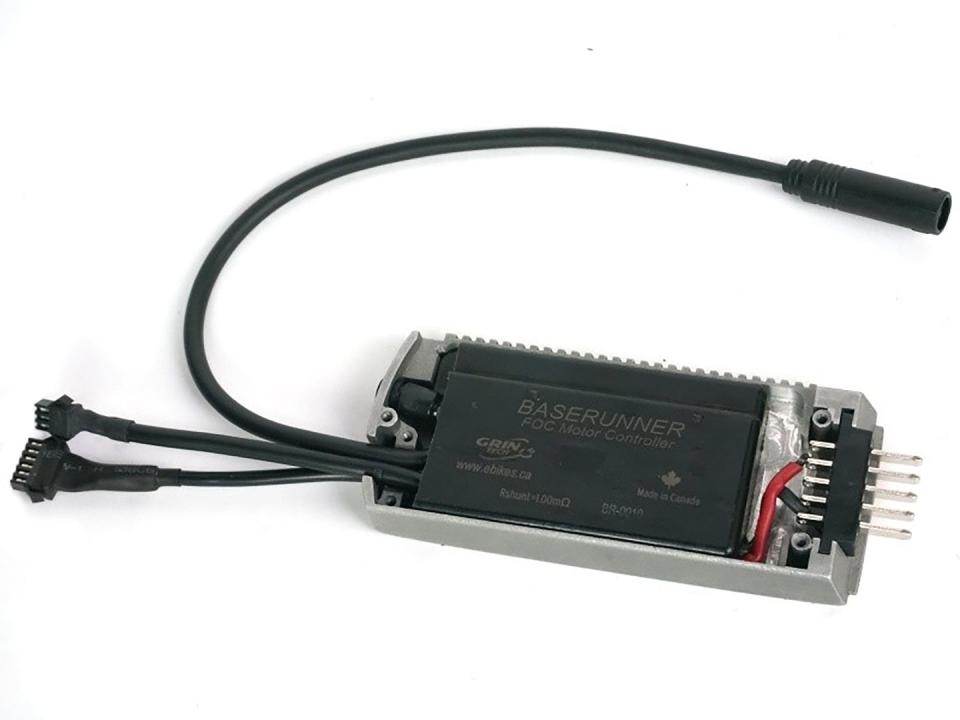We Tore an E-Bike Motor Into 137 Parts

🛠Number of parts: 137 | Model: Baofang G310 | Time to Disassemble: 2 hours, 45 minutes
E-bikes are booming: The U.S. imported at least 215,000 electric bicyles in 2017, up from 64,000 in 2012, according to industry experts Ed Benjamin and Frank E. Jamerson, PhD. But brand-new rides are expensive.
Instead, you can buy a conversion kit, and electrify any pushbike for around $1,000. We’d start with the G310: The motor employs decades of hub motor development to pack up to 500 watts of power into a lightweight and silent package—a first for geared hub motors.
“As soon as you experience a motor that’s totally silent under assist, you never want to go back to one that makes a buzzing sound,” says Justin Lemire-Elmore, founder and owner of Grin Technologies, a Vancouver-based engineering company that specializes in DIY e-bike kits.
Amid a growing debate over where e-bikes should and shouldn’t be permitted to ride, stealth matters.

Build Your Own E-Bike With These Parts
Cassette, Rim, Spokes
The Bafang G310 replaces your bike’s rear hub, so you’ll need to integrate it into your bike’s rear wheel and drivetrain.
The motor has a Shimano-compatible freehub body that fits a 10-speed cassette, and you’ll want appropriately sized spokes to lace the hub into the rim. Alternatively, you can buy a pre-laced G310 that’s already integrated into the wheel.

Motor Controller
The motor controller takes input from your pedal-assist sensor or throttle and tells the battery how much power to send to the motor. This one fits neatly within the battery’s base plate.
Battery
The lithium-ion battery is the most expensive component in any e-bike build. A $538 battery houses 40 Panasonic cells—smaller batteries with fewer cells are cheaper, but have less range.

Pedal Sensor
This sensor doles out e-assist by measuring your pedaling cadence. It uses 12 magnets
that encircle the spindle (between the cranks and bottom bracket) and an adjacent frame-mounted sensor: When you pedal, the magnets pass the sensor, giving you e-assist.
Display Unit
This is your dashboard. By talking to your motor controller, it gives you information about your speed, distance, and battery level.

Throttle
You don't need a throttle, but it presents an alternative to pedal-assist that’s convenient for getting you off the line or just cruising along without pedaling. You activate its boost from a lever mounted on the handlebar.

E-Brake
When you squeeze these brake levers, they send a signal to cut power to the motor, ensuring that the motor isn’t driving you forward as you brake for an intersection. The safety feature ensures the brakes and motor don't work against each other.
This article appeared in the October 2019 issue of Popular Mechanics. You can subscribe here.
You Might Also Like

